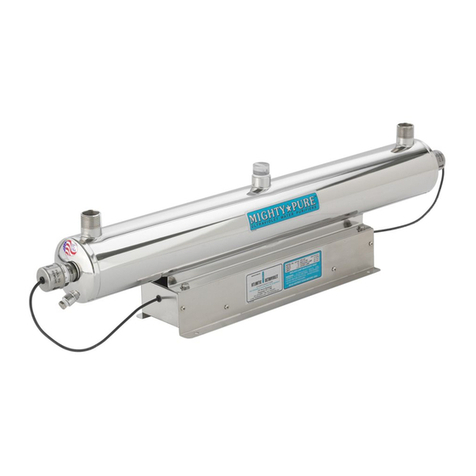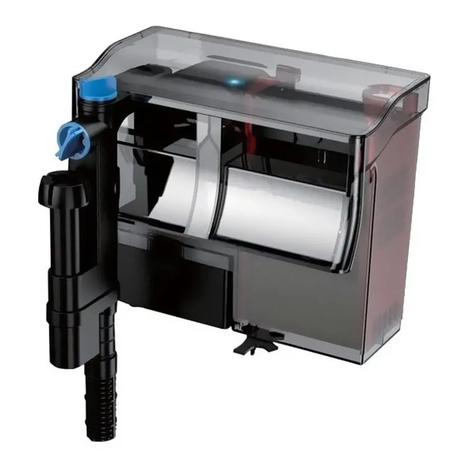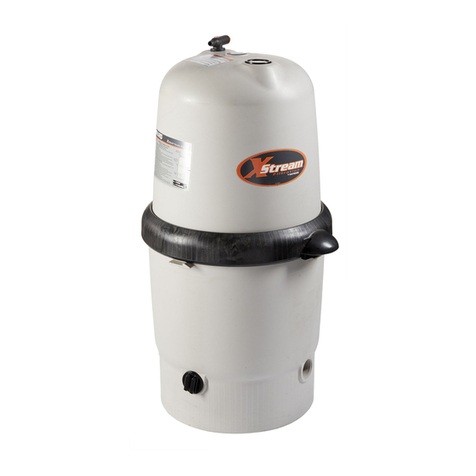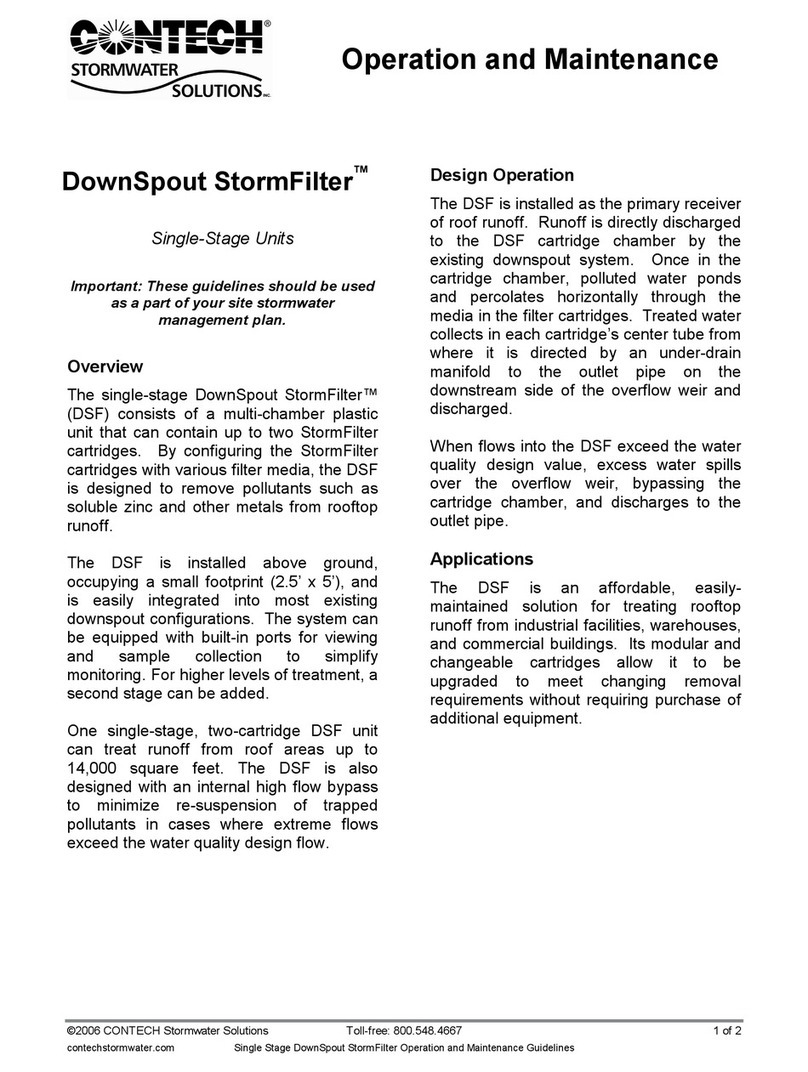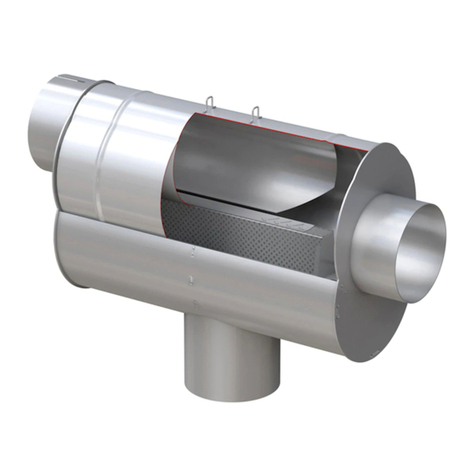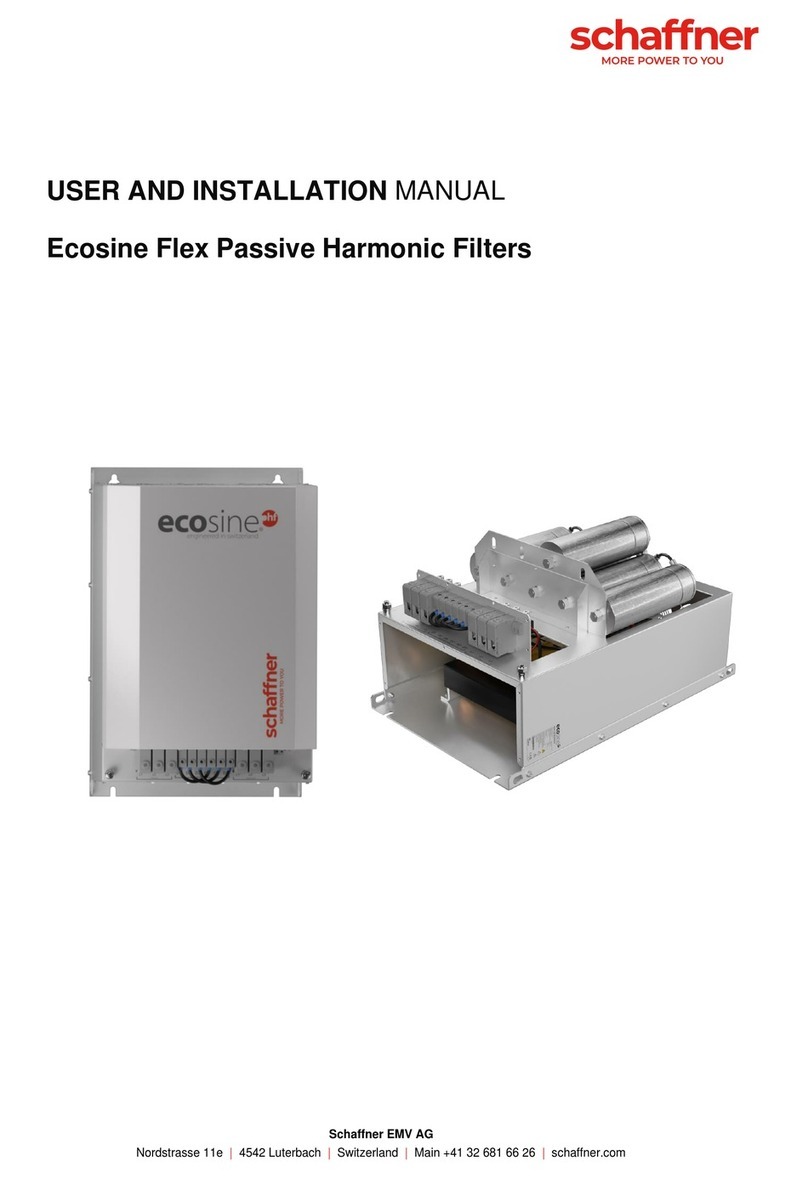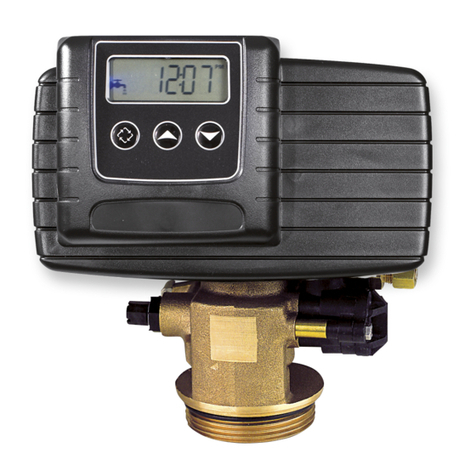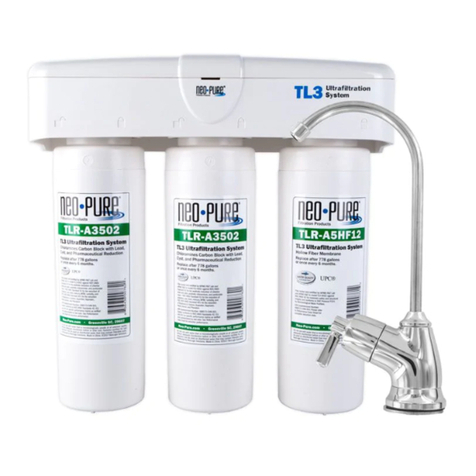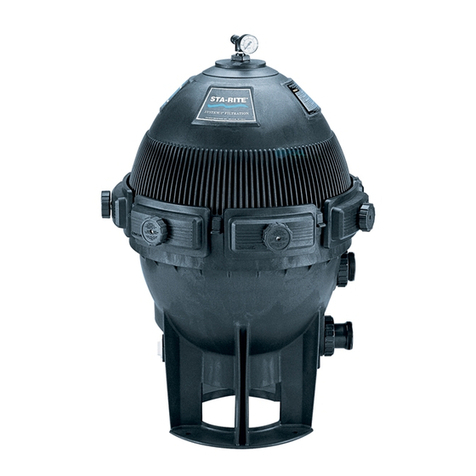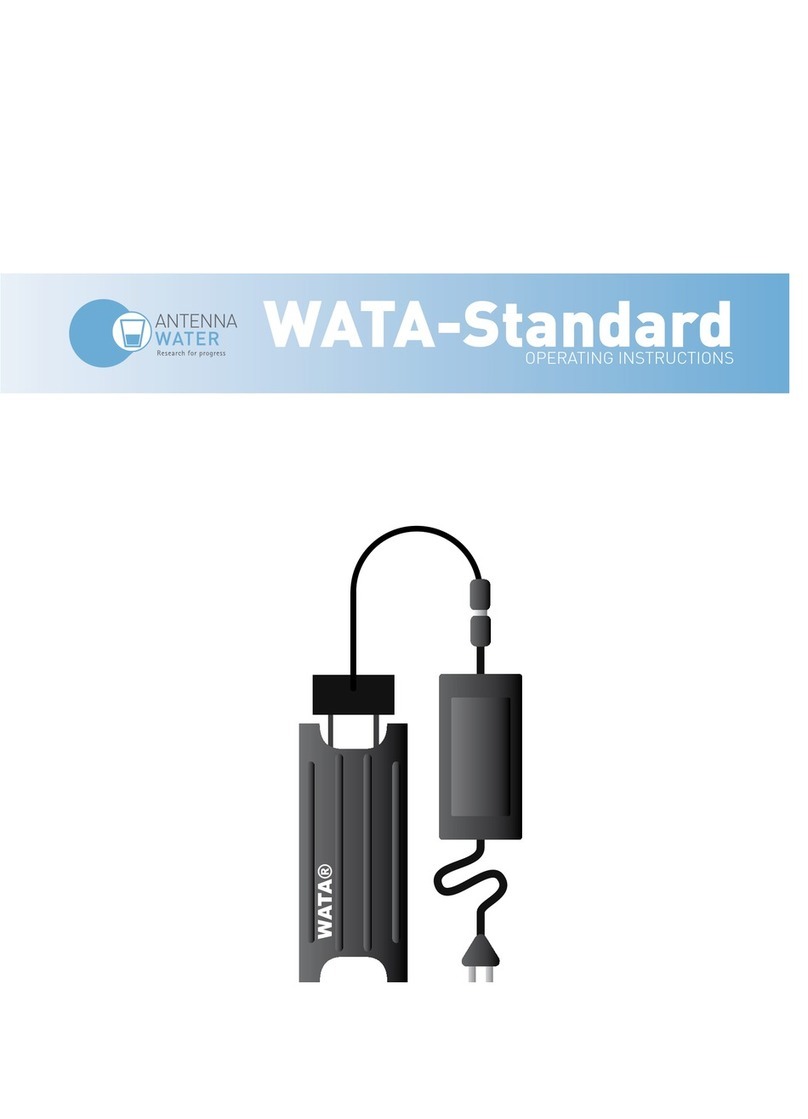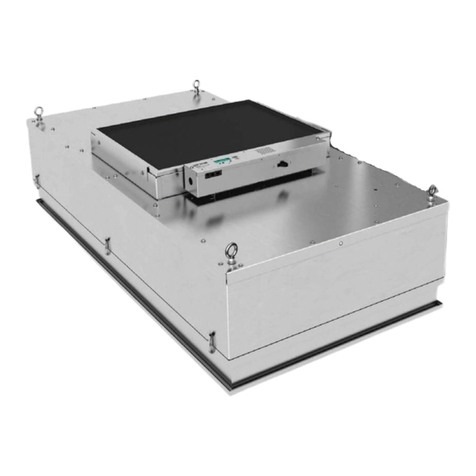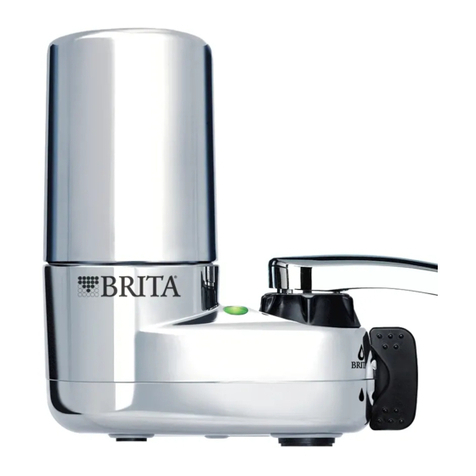
Publication No. 980974 Rev. B 530B User Manual
Astronics Test Systems i
Table of Contents
Chapter 1.........................................................................................................................1-1
Introduction.....................................................................................................................1-1
System Description ........................................................................................................................1-2
General.......................................................................................................................................1-2
Carrier Generator.......................................................................................................................1-3
Analyzer......................................................................................................................................1-3
System Specifications ....................................................................................................................1-3
Reference Input..........................................................................................................................1-3
Data Input...................................................................................................................................1-4
Filtered Signal Output.................................................................................................................1-4
DC of Level (Linear)...................................................................................................................1-4
DC of Frequency (Linear)...........................................................................................................1-5
DC of Level (Log) Optional.........................................................................................................1-5
DC of Frequency (Log)...............................................................................................................1-5
Bandwidth...................................................................................................................................1-5
Time Constant............................................................................................................................1-6
Controls......................................................................................................................................1-6
Indicators....................................................................................................................................1-6
Power.........................................................................................................................................1-7
Size ............................................................................................................................................1-7
Cabinets (required) ....................................................................................................................1-7
Chapter 2.........................................................................................................................2-1
Operation.........................................................................................................................2-1
Meter Input Switch......................................................................................................................2-1
Range FS Volts Switch...............................................................................................................2-1
DC Output TC Switch.................................................................................................................2-1
MANUAL-AUTO (LIMIT) Switch and BW Hz Thumb Switch......................................................2-2
OVER LOAD Light......................................................................................................................2-2
ERROR Light..............................................................................................................................2-2
DVM Front Panel Meter..............................................................................................................2-2
Wide Bandwidth Filter (Optional) ...............................................................................................2-2
Chapter 3.........................................................................................................................3-1
Performance Test............................................................................................................3-1
Test Equipment..........................................................................................................................3-1
Switch Setttings..........................................................................................................................3-1
Performance Test Procedure.....................................................................................................3-1
Checking the Bandwidth.............................................................................................................3-3
